Travelling over 2,000 kilometers per capita each year, the Swiss are among the world’s most devoted train enthusiasts. With roughly 5,300 kilometres of railway lines crisscrossing the country, Switzerland boasts one of the densest networks in Europe. But what inspired this small, landlocked nation to develop such an extensive and high-altitude railway system, and what challenges did its pioneers face? Let’s take a closer look.
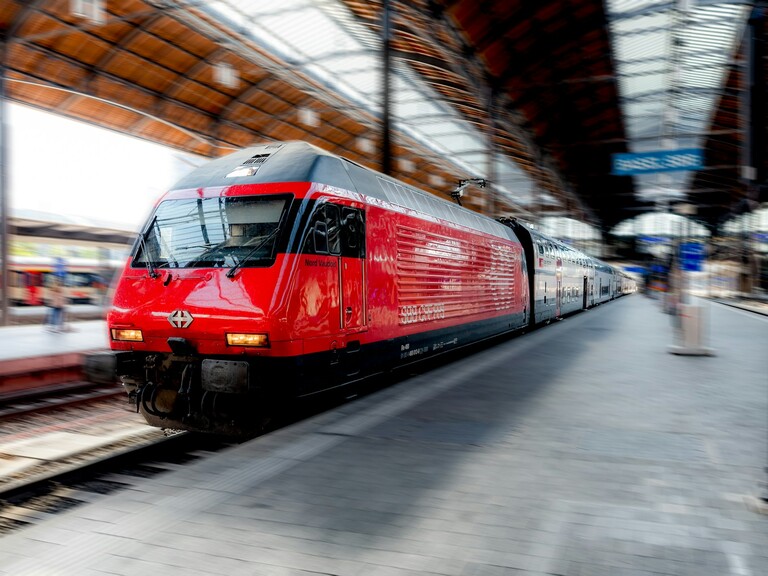
From Waterways to Tracks: Laying the Foundations
In the 1820s, while Britain, France, and Germany were railroad-building powerhouses, Switzerland remained largely dependent on road and river transport. Plans for domestic railways surfaced early, but political fragmentation and cantonal competition stalled progress. Merchants, seeking cost-effective means of transporting goods, advocated for rail, while local businesses feared cheaper competition. The momentum shifted in 1844, when the opening of the Strasbourg–Basel Railway from France into Basel prompted the Swiss to accelerate their railway ambitions. By 1847, the first Swiss-built line—between Zurich and Baden—opened and earned the affectionate moniker Spanisch-Brötli-Bahn, named after the beloved pastry it transported.
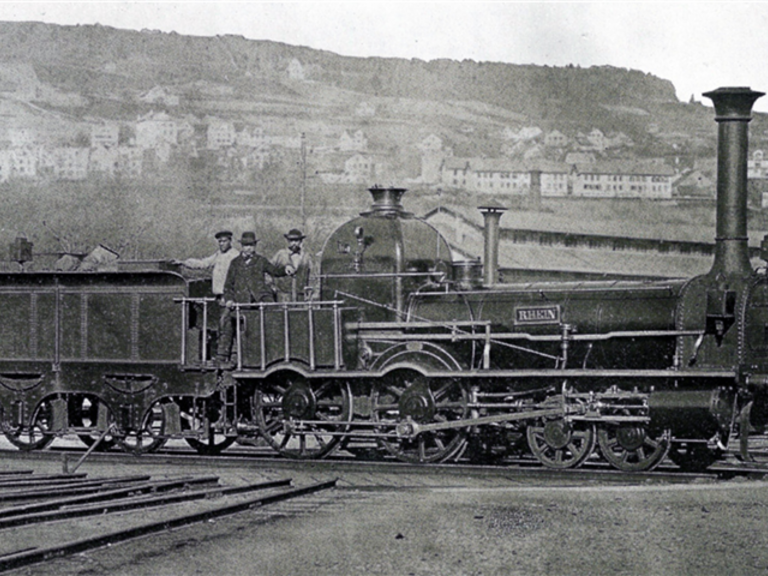
A Nation Connected: The Growth of Railways
The pivotal Federal Railway Act of 1852 unleashed a wave of railway construction, permitting private entities to build and run lines under cantonal oversight. Railways sprang up everywhere—a vital lifeline for commerce and communities. Zurich and Winterthur became busy hubs, while smaller towns like Olten grew significantly. By 1860, Switzerland had eclipsed all European countries in railway density, a feat achieved in barely eight years.
Conquering the Alps: The Gotthard Railway
The Gotthard Railway stands as a symbol of Swiss ambition. Designed to bridge northern and southern Switzerland through the Alps, it required scores of logistical, political, and geological hurdles to be overcome. Spearheaded by Alfred Escher, the 206 km route included a then-record 15 km tunnel. Working under extreme conditions—intense heat, unstable granite, poor ventilation—the laborers endured high mortality rates. Yet thanks to international investment and Swiss resolve, the tunnel opened in 1882 and quickly became an engineering marvel.
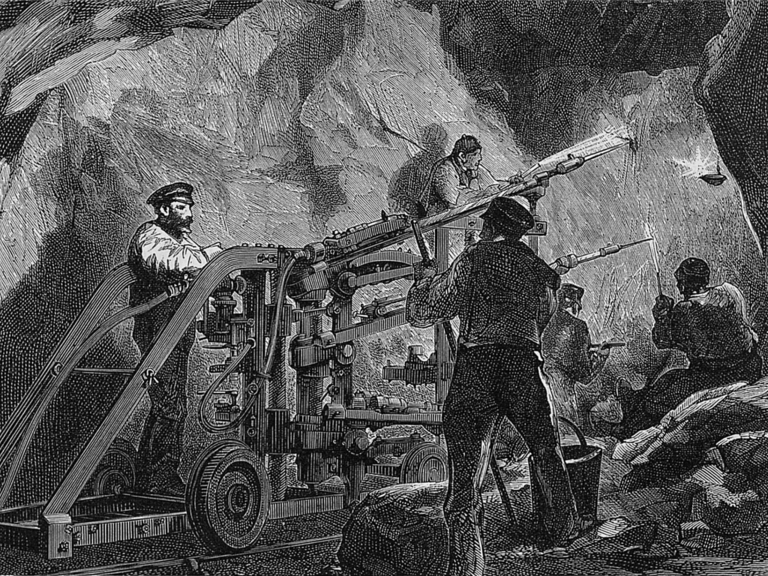
Reaching New Heights: Jungfrau Railway
Switzerland’s daring continued with the Jungfrau Railway, connecting to the Jungfraujoch station at 3,454 m—the highest in Europe. Conceived by Adolf Guyer-Zeller after witnessing the Wengernalpbahn in action, the project pushed the boundaries of human ingenuity. Built largely by hand, through snow, ice, and rock, the line opened in 1912 and stands as a testament to perseverance and vision.
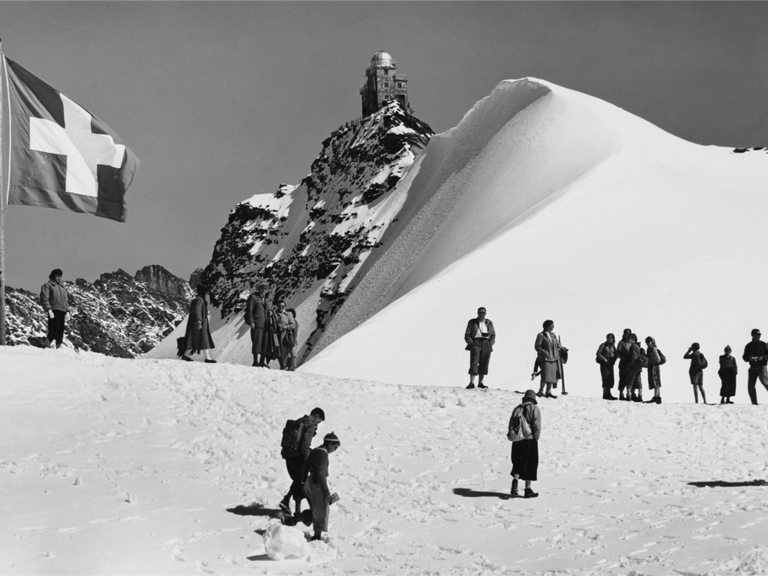
Unifying the Network: Nationalisation and Electrification
By the early 20th century, private rail companies were consolidating into the Swiss Federal Railways (SBB). Facing wartime coal shortages, Switzerland ambitiously electrified its entire network—retiring the last steam engine in 1967. The country thus became the first to operate an entirely electric railway system, setting a global standard.
Timeliness and Trust: A Punctual Railway System
Punctuality is a Swiss hallmark—and the railways embody it. In 1944, SBB engineer Hans Hilfiker created the iconic station clock with its red second hand, synchronizing time across the network. Later, in 1982, Switzerland introduced the regular-interval timetable, ensuring trains depart at predictable times. This system transformed public transport, making it both reliable and intuitive—core elements in everyday connectivity.
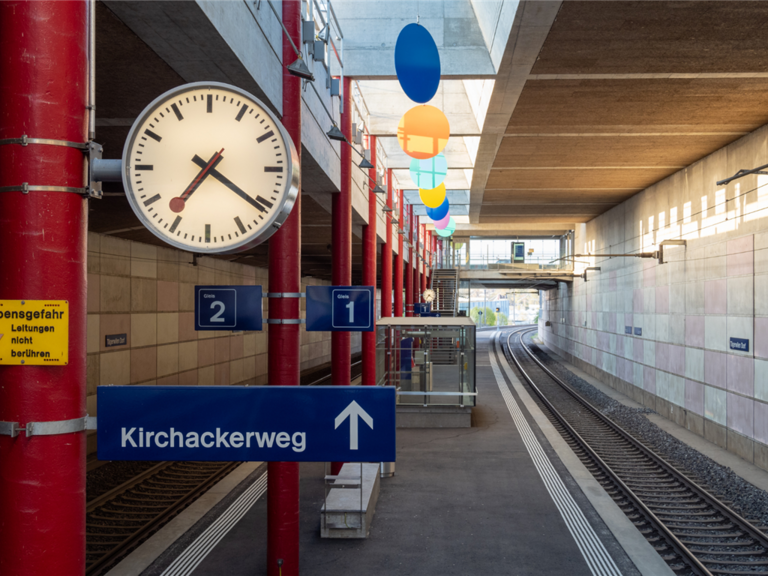
Looking Ahead: SWISS Pavilion at Mass-Trans Innovation Japan 2025
As the story of Swiss railways shows, Switzerland’s dedication to precision, engineering, and reliable transport is long-standing. This November, at Mass-Trans Innovation Japan 2025—one of Asia’s leading exhibitions dedicated to railway technology—this tradition will intersect with the future.
Held from November 26–29, 2025 at Makuhari Messe in Chiba, MTIJ brings together industry leaders in rail transit, infrastructure, electrification, smart mobility, and more. Switzerland will once again participate in the SWISS Pavilion, organized by Switzerland Global Enterprise, together with Swissrail Industry Association and the Swiss Business Hub Japan. This platform highlights Swiss expertise and high-quality innovation within Japan’s dynamic rail tech sector.
This exhibition is more than just a showcase—it’s a continuation of Switzerland’s rail legacy rooted in innovation, precision, and cross-border collaboration. We invite you to experience how centuries of railway excellence inform today’s cutting-edge solutions, and to join us in exploring partnerships at MTIJ 2025.